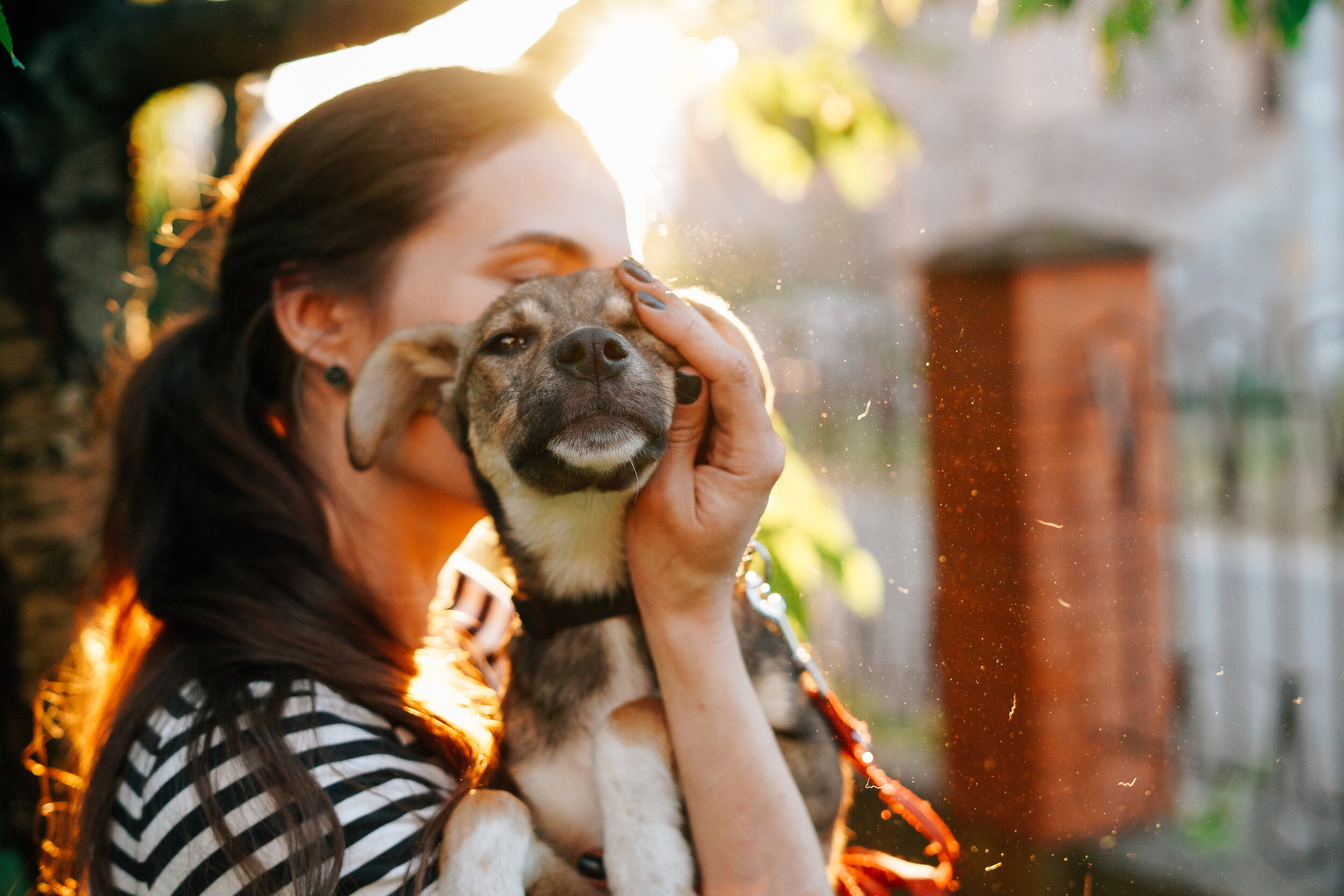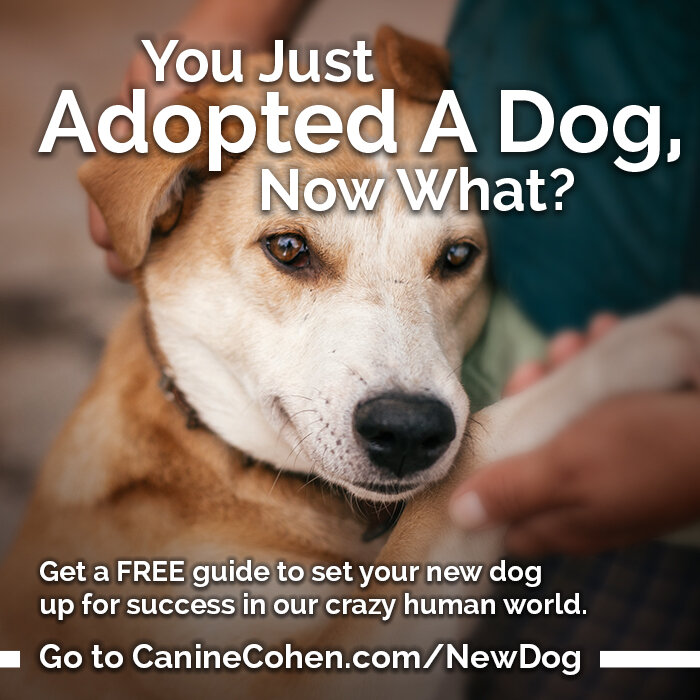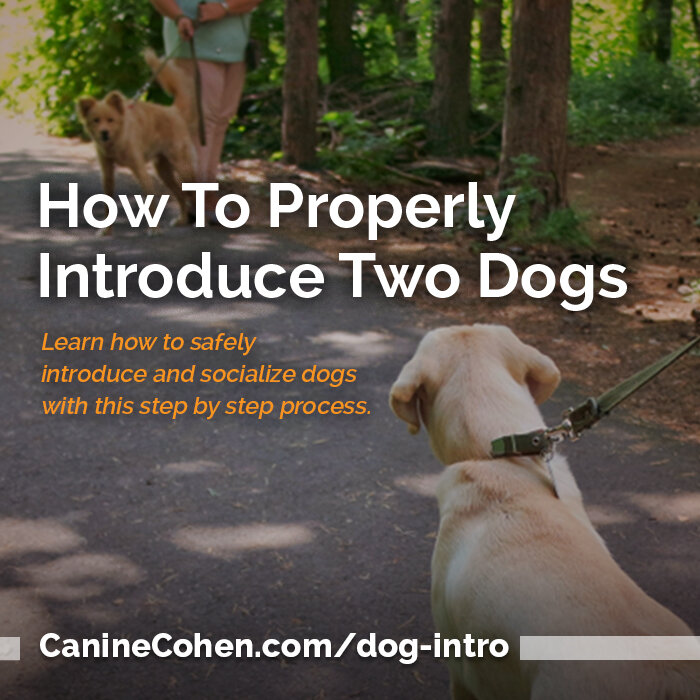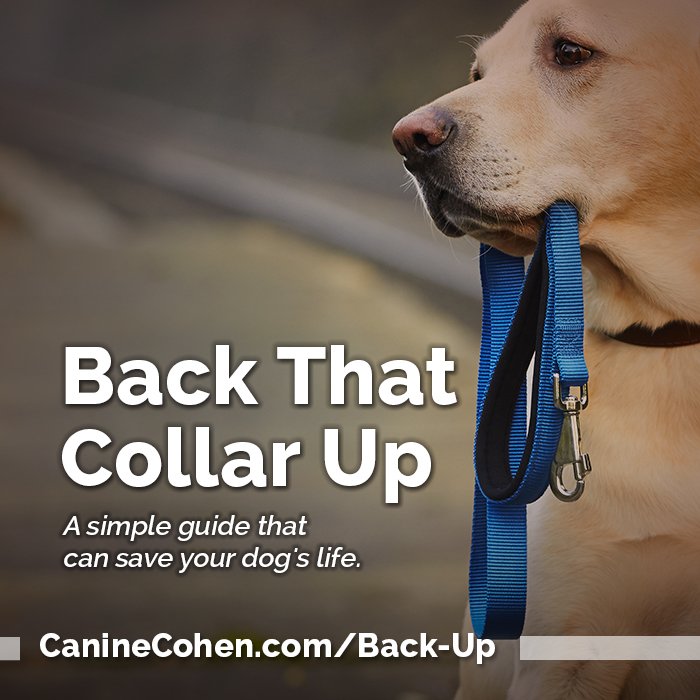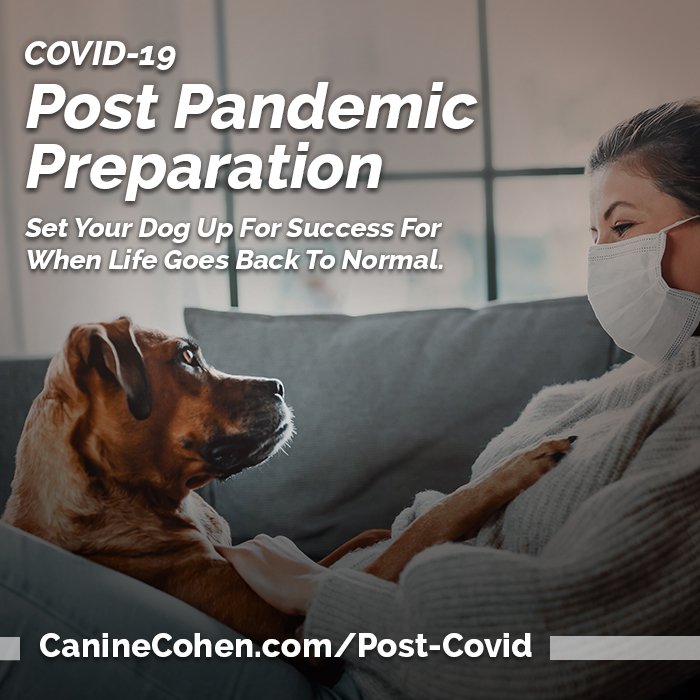Congratulations!!
Even though this may be one of the happiest moments of your life, understand it can be a very challenging and stressful one for your new dog.
For the majority of dogs adopted from a shelter or rescue, we do not know their history or what kind of life they have had. All dogs, regardless of breed, go through various stages of development. Most dogs who end up in shelters are returned during their adolescent period of 8-10 months. It can be a difficult time for puppies that missed the establishment of boundaries, socialization, and training. But with proper guidance, you can help your new dog have a happy and healthy life with you.
Be Prepared
Before your dog comes home:
Have an appropriate sized Crate, for most dogs a wire crate is fine. Some do better in more enclosed "travel" type crates.
A Primo Pad is a great waterproof mat for your crate that can help during the transition in case of any accidents or chewing.
To help with the training process purchase:
A light "small dog” leash to use as a “House Leash” to be left on in the home.
A Clicker and Training pouch for each member of the family,
A comfy dog bed or even better a raised cot that your dog can lay comfortably without curing up and we will use for teaching the “Place” cue.
Bitter Apple taste deterrent you can spray on the leash or objects they might chew.
Food, Interactive Toys and Feeders
A few Kong Toys to stuff and freeze.
Tasty fillings for the Kong such as Honest Kitchen raw diet mixture, canned soft food, peanut butter, yogurt or pumpkin filling.
Tasty natural chews, such as a Bully stick, Starmark interactive feeders, and a Snuffle Mat are great ways to provide mental stimulation.
Welcome Home
My dog Karma on the day I met her at the Badass Brooklyn Animal Rescue adoption event.
The first step is to let them explore your neighborhood slowly by giving them time to sniff and smell for a bit, weather permitting sit outside and take it all in.
Once in your home, please leave a leash on your dog at all times, so you can better communicate with your dog during this adjustment period.
Then feed your dog their meal in the crate with the door closed. Later you can also give them a tasty chew or stuffed Kong in their crate as well.
relax, reflect & Exist
After your dog had a chance to explore, eat, decompress, and go for a potty walk, spend about an hour or so relaxing with your dog.
Sit on your couch with your dog next to you on the floor or dog bed, and do boring things for the dog. Watch a movie, read a book, spend time on social media, and of course looking at and sharing all the photos of your new dog with friends and family.
Let them Be & Decompress
Give your dog time to take it all in slowly, as they are going through a lot of changes.
The biggest mistake many new adopters make during this period is to give their dog too much too soon, such as too much touching, talking, and affection. Having friends and family come to meet them may be overwhelming, as well as taking them on the subway and even giving them a bath.
Try your best to not overwhelm your dog, and play “hard to get”, or think of it like a teenager visiting an overbearing grandparent that wants to shower them with love and kisses.
If your dog is fearful of you or the environment, here is a Conversation with one of my mentors Nelson Hodges about understanding and living with fearful dogs.
Calm in the Crate
Use their crate to create a quiet calm space for them to decompress and help them adjust by giving them plenty of rest time in there.
Place their Crate in the bedroom preferably, this can help with bonding, and helping you both sleep through the night, as well as to help your dog learn to be comfortable away from you.
Play calming music designed to help your dog. Here is my dogs Amazon playlist, you can also search “calming music for dogs” on Amazon Prime, Spotify, Pandora as well as YouTube,
Keep A House Leash On
To help create clarity with your dog and be their supportive shadow or guide them, keep a light "small dog” leash on your dog as a “House Leash” to be left on in the home.
This will help with management and communication while you are teaching them the rules and boundaries of your home and until you have built a common language through training.
This is much safer and less intrusive than reaching for your dog's collar, picking them up or trying to tell them what you want from them before they truly understand what you are saying.
Will Work For Food
Use your dogs daily meals, their existential food, for training, changing negative associations and relationship building.
Instead of treats, I recommend using Stella and Chewys Meal Mixers. For fearful dogs and not so food motivated dogs the Savory Salmon & Cod Meal Mixers is especially motivating. For small breed dogs try their Lil’ Bites.
Other great options are Honest Kitchen Dry Toppers, or Whole Food Clusters which are all biologically appropriate complete raw food diets, that can be used as their daily meal and as a high value motivation.
Kibble is acceptable, if that is what you are feeding your dog and is high value enough for them to work for, If not you can add in the recommendations above to their kibble to make it more enticing.
If your dog is too fearful to work for their food with you, start by feeding their meals in the crate with Starmark interactive feeders, a snuffle mat or wetting any dry food, mixing with wet food and stuffing into a Kong.
Charge that Marker
To help your dog learn what we are asking them we create "Reward Markers”.
A "click" of a clicker or verbal “Yes” are ways we tell our dogs that is what we wanted, here is some food. Using a clicker or word such as “Yes” can provide clarity to the training process by marking the correct behavior in a timely manner and can help teach and reinforce positive behaviors.
How to start:
Purchase a Clicker and Training pouch for each member of the family.
At meal time, press the clicker once away from the dog, even behind your back, and then give your dog a piece, or a handful of their meal. If your dog flinches at the sound of the clicker, skip to just using a Verbal “Yes” for now instead. Repeat this for half of their meal.
Finish the meal by using a verbal “Yes” in a upbeat tone, then give your dog a piece of their meal.
It’s Potty Time
Many newly adopted dogs have not been taught to go potty while on leash or may hold their pee or poop, for a few days and even for a week until they are comfortable in the new environment.
Crate training is one of the most effective ways to house train your dog, Your dog’s crate should only be large enough for your dog to stretch out, lay down, and turn around. Most dogs like to keep their areas clean and a properly sized crate helps teach them to hold their pee and poop.
Be consistent with the times you take your dog out to go potty, and try and have a set schedule. Extra walks are always beneficial,
Take them out for a potty break:
First thing in the morning
About 15-20 minutes after mealtime (puppies)
Right after they wake up from a long nap
After a training or play session
As soon as you get home.
Before you go to sleep at night
It’s always good to remove their water 2 hours before bedtime until you know they can hold it.
Help with Potty time
The “10 Minutes In 10 Minutes Out” system
First thing in the morning take your dog outside for about 10 mins for a potty walk. Let them sniff and smell. If your dog doesn't go, then take them back home and put their dog back in their crate. Wait 10-15 mins and take your dog back out. Repeat this process until they relieve themselves. When your dog does potty outside, reward with praise and treats or their food.
After your dog has gone potty outside, it's usually safe to let them roam around while you are watching them. If you notice your dog circling or starting to sniff the floor take them right outside to go potty.
Use the "Umbilical Cord" technique
With your “House Leash”, a light "small dog” leash, tether your dog to you so you can keep watch over them and set them up for success. If you feel them pulling away, maybe towards the door, or start sniffing the floor and circling, take them right out. This will allow you to catch every opportunity to teach them where to go potty.
Get DogUcated
Continue learning how to help your dog in our crazy human world.
Set your dog up for success
This is just some foundation training and information to help set you up for success.
I hope this information helps you and your new dog, and I wish you all the best. If you are in Brooklyn, NY, I would be glad to help you, and your dog lives better lives together.
In other areas, please find a local trainer; it will make all the difference in the world.
